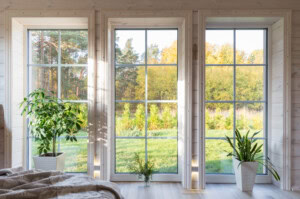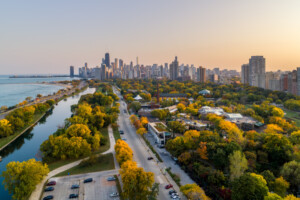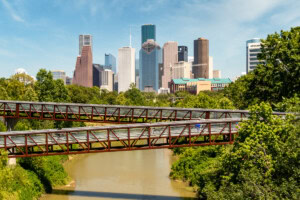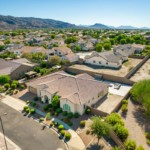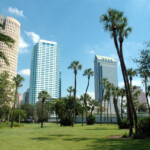As sustainable technologies develop alongside people’s desires to live more sustainably, people have begun turning to their homes to reduce their carbon footprints, But have you ever wondered if you could build a home that wasn’t just ‘less bad’, but instead actually restored the environment around it? You can. Enter the Living Building Challenge.
The Living Building Challenge represents the pinnacle of sustainable development and promotes equity, regeneration, and self-sufficiency. But what is it? How do you certify your home? Is it even possible?
Whether you live in a house in Bend, OR, or a home in Seattle, WA, read on to learn everything you need to know about Living Building Certification.
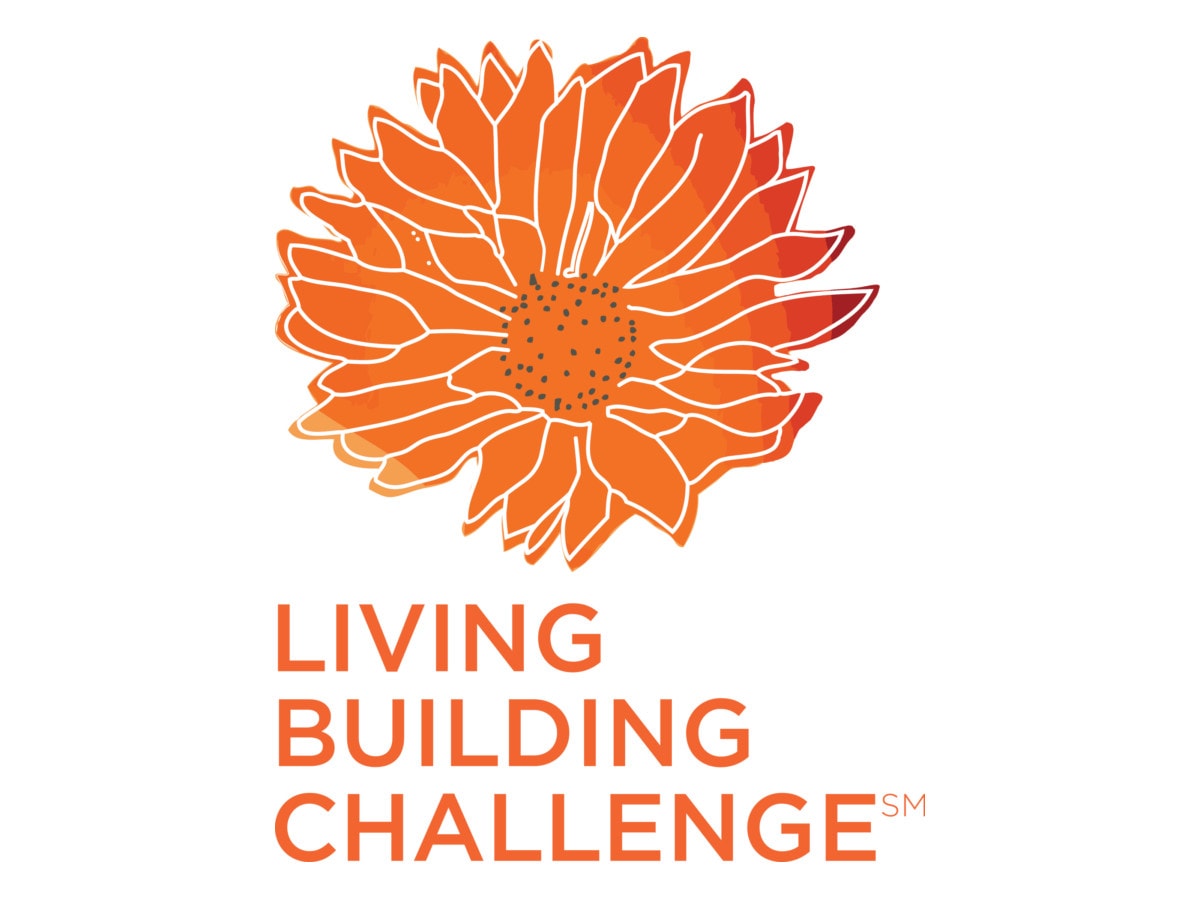
What is the Living Building Challenge?
The Living Building Challenge (LBC) is a green building certification program administered by the International Living Future Institute (ILFI), and was launched in 2006 in Seattle, WA. The program continues to evolve as new research and technology releases, and is currently on its fourth iteration (4.0).
The goal of the LBC is to encourage designers and homeowners to build structures and projects that contribute positively to their local environment. Structures achieve this by mimicking the ecosystem around them from when before the site was developed, creating a regenerative and sustainable built environment.
Living Building Challenge Petals
The Living Building Challenge organizes its requirements into seven performance areas called Petals. Each Petal is further divided into Imperatives (20 total), which address specific topics related to that Petal. Here’s a brief summary of the seven Petals.
1. Place
This Petal focuses on the location of the project and its relationship to the surrounding community and ecosystem. It includes imperatives such as habitat exchange, urban agriculture, and appropriate siting.
2. Water
The Water Petal emphasizes achieving a water balance within the building’s site. This means that a home or building should meet all its water needs through captured precipitation or recycled water, and manage its wastewater onsite.
3. Energy
100% of the project’s energy must come from on-site renewable energy on a net annual basis, promoting self-sufficiency and reducing the building’s environmental impact. This often includes installing solar panels, small wind turbines, and other renewable energy sources.
There aren’t specific requirements for energy per square foot, but the LBC insists that a building generate 105% of its energy needs.
4. Health and happiness
This Petal recognizes the importance of creating environments that optimize physical and psychological health and well-being. It includes imperatives related to indoor air quality, biophilic environments, and promoting physical activity.
5. Materials
It’s essential to encourage using materials that are non-toxic, transparent, and socially equitable. The Materials Petal requires projects to use safe and sustainable materials, and bans the use of materials that have negative environmental impacts or contain hazardous substances. The LBC has a “Red List” that contains a catalog of their banned materials and a “Watch List” of possibly problematic materials.
6. Equity
The Equity Petal encourages social equity and human rights within the building’s sphere of influence. This includes aspects such as human scale and humane places, universal access to nature and community services, and equitable investment.
7. Beauty
This Petal is about the aesthetic aspect of buildings and sites, recognizing that buildings should delight and inspire. The Beauty Petal insists that buildings incorporate design features intended solely for human delight, helping to connect people to the environment in a meaningful way.
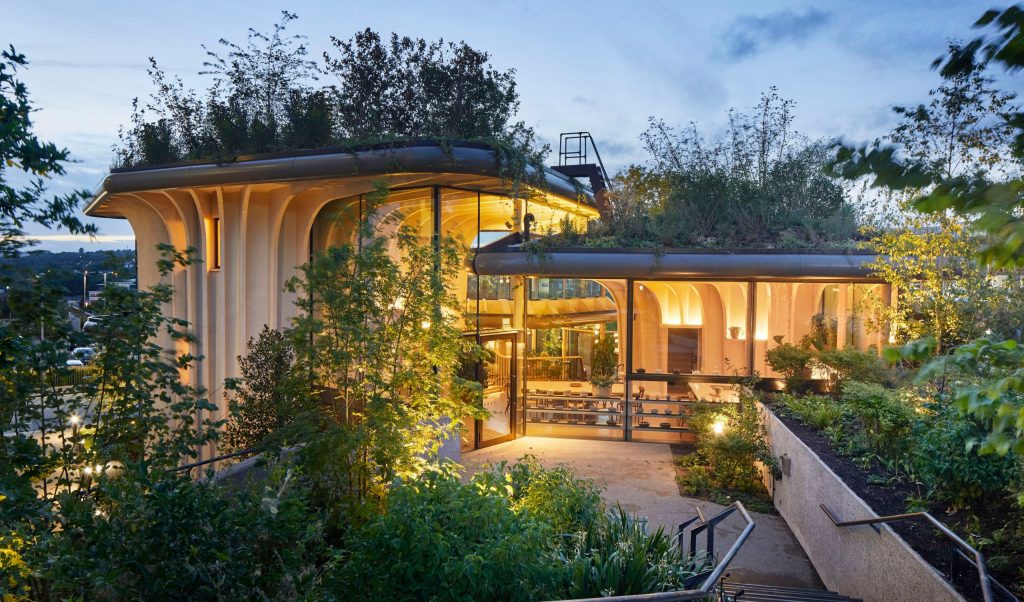
Living Building Challenge for homeowners
While typically for commercial and public buildings, the LBC certifies homes as well. However, the LBC is extremely strict, so it can be time-consuming to design and build a certifiable home. As a result, only four residences in the US have received full certification (fulfilled all seven petals).
Unlike other green building standards that can be based on projections and simulations at the design stage, LBC certification is based on actual, proven performance after the building has been in operation for at least 12 consecutive months. There are four steps to receiving certification:
As sustainable technology and techniques advance, cost and building time should fall. The goal of the LBC is to promote sustainable and regenerative building practices, making them more accessible and affordable for all.
How do you certify your home?
The Living Building Challenge certification process is the same for all types of buildings, including houses. However, because homes are generally smaller and don’t have the same budgets as large commercial buildings, it can be harder for homeowners to fulfill every requirement.
Here’s a breakdown of how to certify your home through the LBC:
- Registration: Start by registering your project with the International Living Future Institute. You need a premium membership to register, which costs between $50-$250
- Design: Next, if you’re aiming for full certification, plan and design your home according to the LBC’s seven Petals and twenty Imperatives. This will likely require working with architects, engineers, and contractors who are experienced with sustainable construction and familiar with the LBC. Remember, the LBC requires that all aspects of the project, from the site choice to the energy systems to the building materials, comply with their standards.
- Construction: Construct your home according to the design’s plans. Document your progress and gather evidence of compliance with each of the LBC’s requirements. This might include photos, receipts, contracts, and other documents that can verify your claims.
- Performance monitoring: After construction is complete and you’re all moved in, you need to go through a 12-month performance period. During this time, you collect data and demonstrate that your home operates as designed and promised to the ILFI.
- Audit and certification: Once your 12-month performance period is over, submit your documentation and data to the ILFI. An LBC Ready auditor will then review it to verify compliance with all the challenge’s requirements. If your home meets all of the requirements, you will be awarded LBC certification. If it only receives three out of seven Petals or just achieves net-zero energy use, it will receive separate certifications.
Certification levels
Full certification is incredibly difficult, so the LBC has three levels that a home or building can achieve.
- Full certification: Full certification is awarded to homes and buildings that meet the requirements of all seven Petals.
- Petal certification: Given to projects that satisfy the requirements of three Petals, including at least one of either Water, Energy, or Materials.
- Net-zero energy building certification: Given to projects that achieve net zero energy but don’t meet all the requirements for Full or Petal certification.
The ILFI also offers additional certifications for houses, products, and entire communities.
Tips for homeowners striving for LBC certification
Even if you don’t receive full certification, using LBC’s guidelines can dramatically reduce your carbon footprint and create a sustainable, self-sufficient, beautiful home. Additionally, the ILFI offers other certifications such as the Living Home Challenge, which might be a more feasible option for some people.
Also, one of the most difficult Petals to fulfill is energy use. A good tip is to reduce the overall amount of electricity your home requires and limit your usage, instead of simply installing more renewable technology.
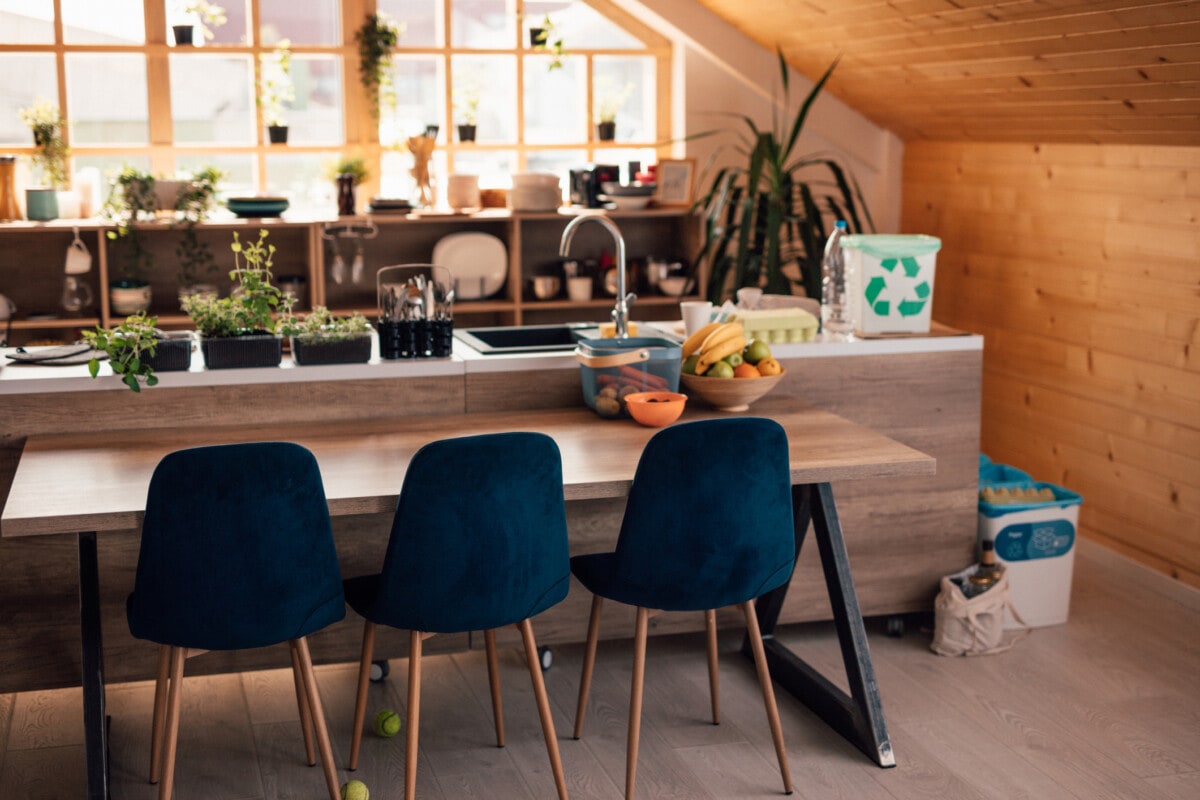
Pros and cons of the Living Building Challenge for homeowners
While there are many advantages to pursuing LBC certification for your home, there are a number of challenges and potential drawbacks. Here’s a summary of the main pros and cons:
Pros
- Sustainability: LBC-certified homes are incredibly sustainable. They produce all of their own energy with renewable resources, treat all water on site, and are built using non-toxic, locally-sourced materials. This reduces their environmental footprint and contributes positively to their local ecosystems.
- Health and well-being: LBC homes are designed with occupants’ health and well-being in mind. They use non-toxic materials, include biophilic elements that connect occupants to nature, and promote active, healthy lifestyles.
- Utility savings: By producing their own energy and managing their own water, LBC homes can reduce or even eliminate utility bills. This can lead to significant long-term savings.
- Resilience: LBC homes are designed to be resilient, with features such as on-site energy and water systems that allow them to operate independently of municipal utilities. This can be a major advantage in the face of power outages, water shortages, or other disruptions. LBC homes also usually last far longer than non-certified homes.
Cons
- Cost: Pursuing LBC certification can be expensive. The cost of implementing renewable energy systems, advanced water treatment systems, and non-toxic materials can be higher than traditional building methods. Additionally, paying for specialized design and landscaping, and resource monitoring can be costly and time-consuming. However, while the cost can be higher upfront, sustainable materials are only marginally more expensive, and you will likely save a huge amount on utilities over the years
- Regulatory barriers: In many areas, local building codes and regulations don’t allow some systems that LBC certification requires. This can make it difficult or even impossible to implement certain features of an LBC home, such as composting toilets or on-site water treatment systems.
- Technical challenges: Some parts of the LBC, such as achieving net-zero energy or managing all water on site, can be technically challenging, particularly in certain climates or locations. You will likely have to work with specialists to find a solution, or choose another location entirely.
- Availability of materials: Sourcing non-toxic, locally sourced materials can be difficult depending on the location and material. Make sure to do your research before committing to certification.
Final thoughts
There are many green certification programs that you can use to help build a sustainable home, all of which aim to reduce your carbon footprint. The Living Building Challenge is one of the strictest in the world and promotes lasting, beneficial building design.
For homeowners willing to undertake its rigorous certification process, it offers the opportunity to create a regenerative home, contributing positively to its local ecosystem and promoting the health and well-being of their family. However, pursuing certification also comes with its share of challenges, including time, money, materials, and technical difficulties.
Ultimately, whether the Living Building Challenge is right for you depends on your personal goals, resources, and commitment to sustainability. Even if you decide not to pursue full certification, the principles and practices of the LBC can provide tips and tricks for creating a sustainable, healthy, and resilient home.







